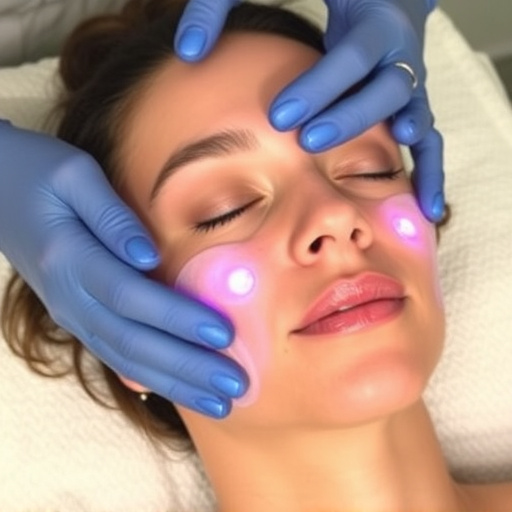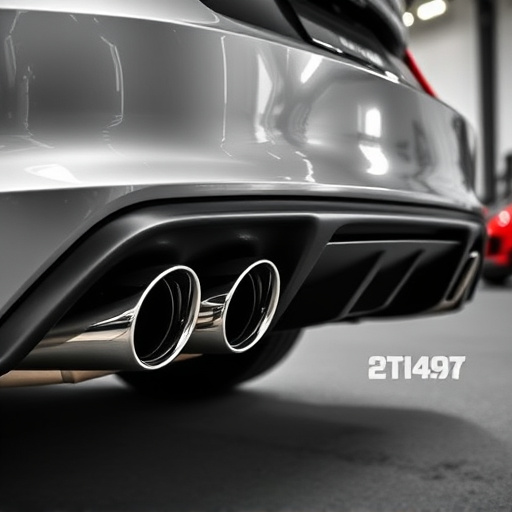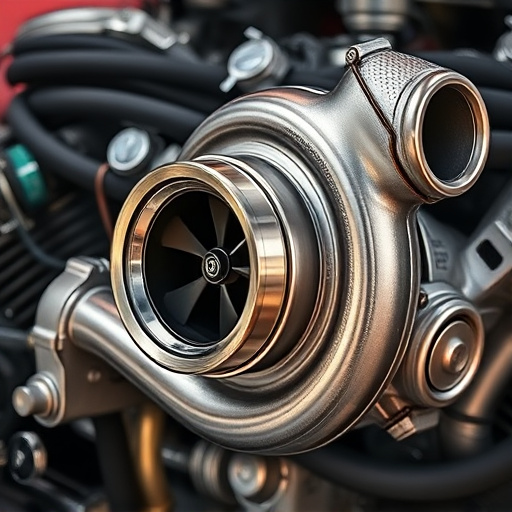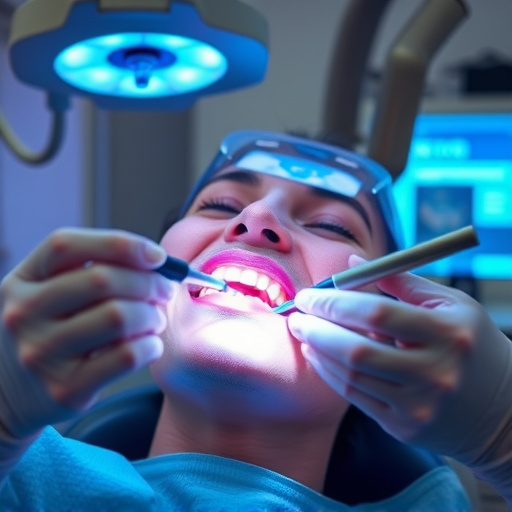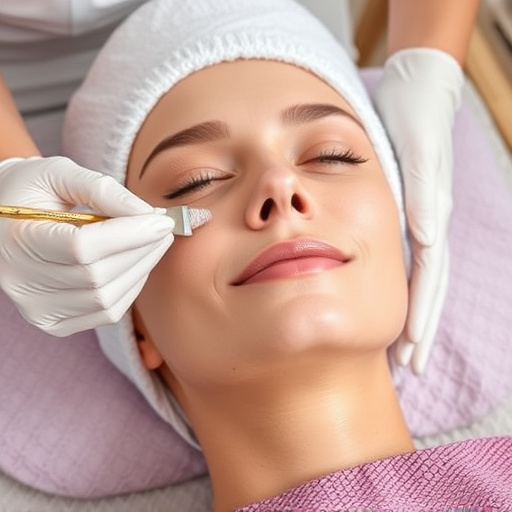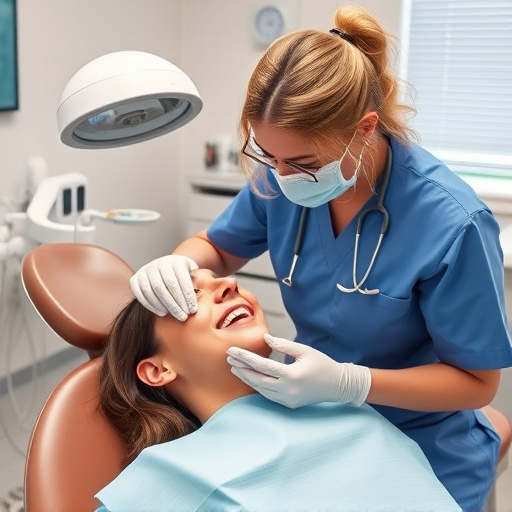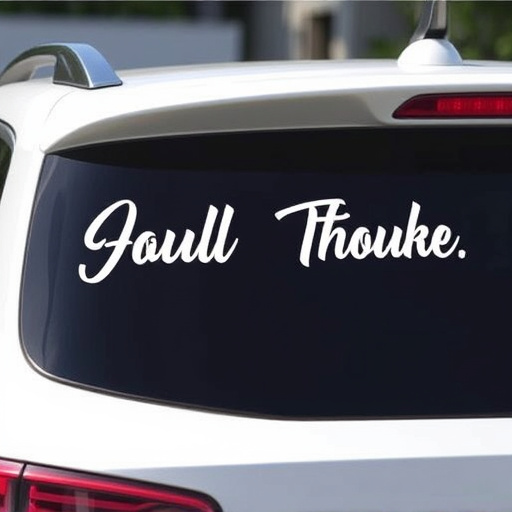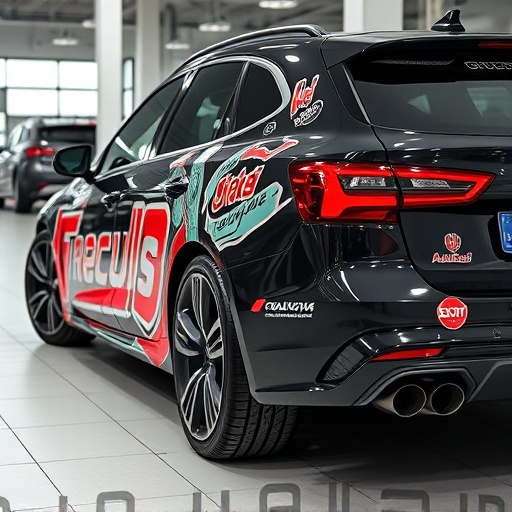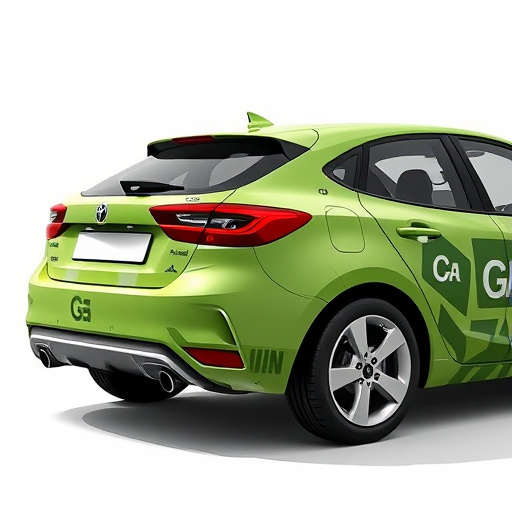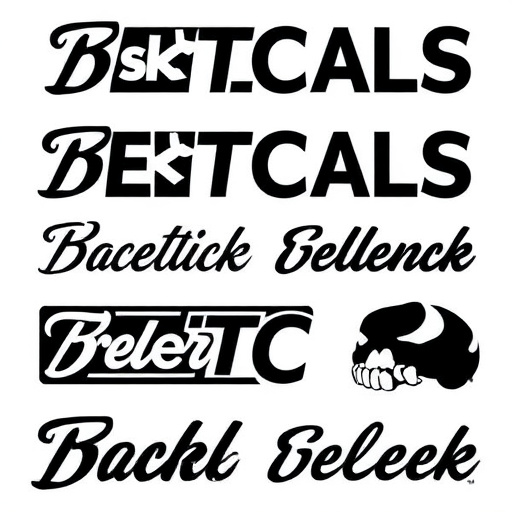Clear coat restoration protects vehicles from environmental damage, but scuffs and scratches can impair appearance and longevity. Early detection and strategic tools like sandpaper, polishing machines, and specialized compounds are key to successful restoration. Meticulous preparation—including washing, sanding, and buffing—is necessary for repairing scratched coats, with additional protection from film or tinting recommended.
Revive your vehicle’s gleam with advanced techniques for deep clear coat restoration. This comprehensive guide delves into the intricate world of car care, teaching you how to understand and expertly restore the clear coat layer – a vital defense against scratches and stains. From selecting the right tools and materials to mastering a step-by-step restoration process, learn the secrets to achieving a showroom shine. Discover how these techniques can transform your vehicle’s exterior, enhancing its beauty and protective qualities.
- Understanding the Clear Coat Layer
- Tools and Materials for Restoration
- Step-by-Step Guide to Restoring Scratched Coats
Understanding the Clear Coat Layer

The clear coat layer is a protective exterior that tops off a vehicle’s finish, providing a glossy and durable surface. This outer shield isn’t just about aesthetics; it serves as the final barrier against environmental damage, including harmful UV rays from the sun, acid rain, and harsh chemicals used during washing. Understanding this coat is key to successful clear coat restoration, especially when considering that its health directly impacts the vehicle’s overall appearance and longevity.
In many cases, clear coats can become damaged over time due to exposure, accidents, or improper care. Scuffs, scratches, hazing, and even discoloration may appear, impacting the car’s glossy finish. Recognizing these issues early is crucial for preventing further damage. Techniques like custom vehicle wraps and window tinting can offer additional protection as preventive measures, while scratch protection products play a vital role in maintaining the clear coat’s integrity between restoration sessions.
Tools and Materials for Restoration
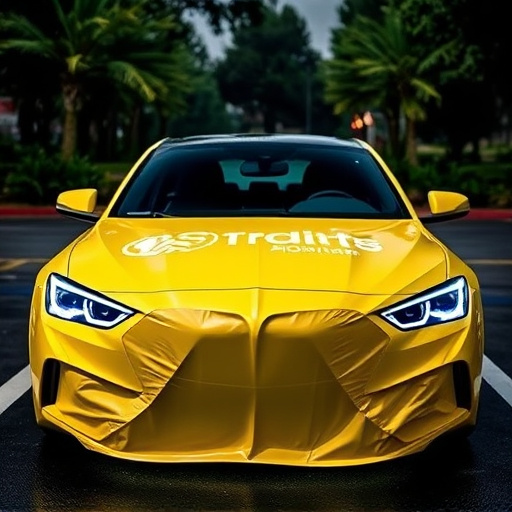
The successful execution of deep clear coat restoration requires a thoughtful selection of tools and materials tailored to the task at hand. For this process, professionals often opt for high-quality, specialized tools designed to handle the intricate details involved in restoring a car’s finish. These may include fine sandpaper with varying grit sizes, starting from coarse for initial shaping down to ultra-fine for achieving a flawless, smooth surface. A robust polishing machine is another essential tool that facilitates efficient and uniform buffing of the clear coat.
Complementing these tools are advanced compounds and polishes specifically formulated for clear coat restoration. These products play a pivotal role in removing defects while ensuring minimal damage to the clear coat layer. Additionally, custom graphics enthusiasts might incorporate specialized applicators for precise placement of wraps or paints, enhancing the vehicle enhancement process. Car customization experts recognize that the right tools and materials significantly impact the final outcome, making every effort to deliver a top-tier vehicle enhancement result.
Step-by-Step Guide to Restoring Scratched Coats
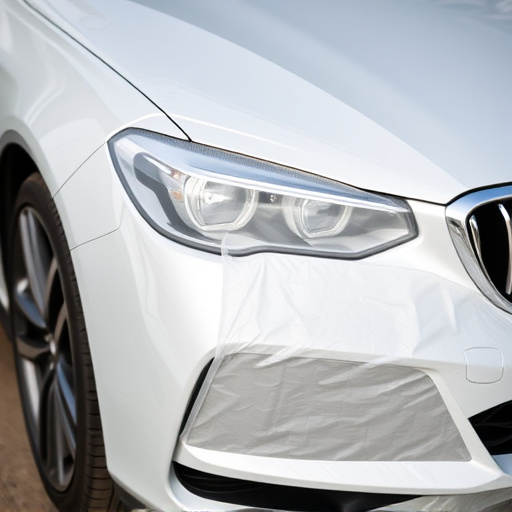
Restoring scratched coats on vehicles involves a meticulous process that requires patience and the right tools. Begin by preparing the damaged area. This includes washing and drying the vehicle thoroughly to ensure no moisture remains, which could lead to water spots or clouding of the clear coat. Next, gently sand the scratched surface using fine-grit sandpaper to remove minor imperfections without causing further damage.
After sanding, wipe down the area with a clean microfiber cloth to remove any dust or debris. Apply an appropriate clear coat restorer using a foam applicator, ensuring even coverage. Let it soak into the paint for several minutes before gently buffing with a soft cloth until the restore is fully absorbed. This process will fill in scratches and imperfections, revealing a smooth, clear surface. For added protection, consider applying a high-quality paint protection film or ceramic window tinting to create a barrier against future scratches and UV damage, enhancing your clear coat restoration efforts.
Advanced techniques in deep clear coat restoration can bring your vehicle’s finish back to its original gleam, ensuring a protective layer that enhances aesthetics and durability. By understanding the clear coat layer, selecting the right tools and materials, and following a meticulous step-by-step guide, you can master the art of clear coat restoration. Implement these techniques to achieve a flawless, scratch-free surface that not only looks good but also protects your vehicle’s paintwork for longer.

